Brittle bones, also known as osteoporosis, is a medical condition characterized by weakened bones that are more prone to fracture. It is a common condition in women, especially after menopause, and can lead to significant health problems if left untreated. In this article, we will discuss the worrying signs and symptoms of brittle bones in women.
Here are some preventative measures that can be taken to avoid brittle bones:
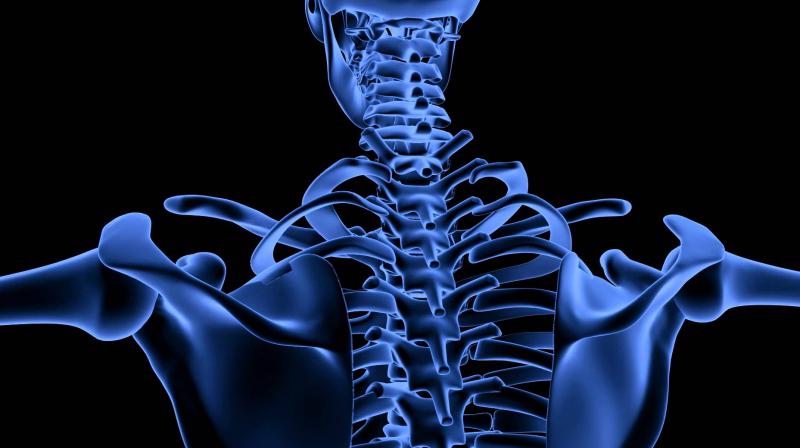
Signs and Symptoms of Brittle Bones in Women:
Fractures: Fractures are one of the most common signs of osteoporosis. Fractures can occur in different parts of the body, such as the spine, hips, and wrists.
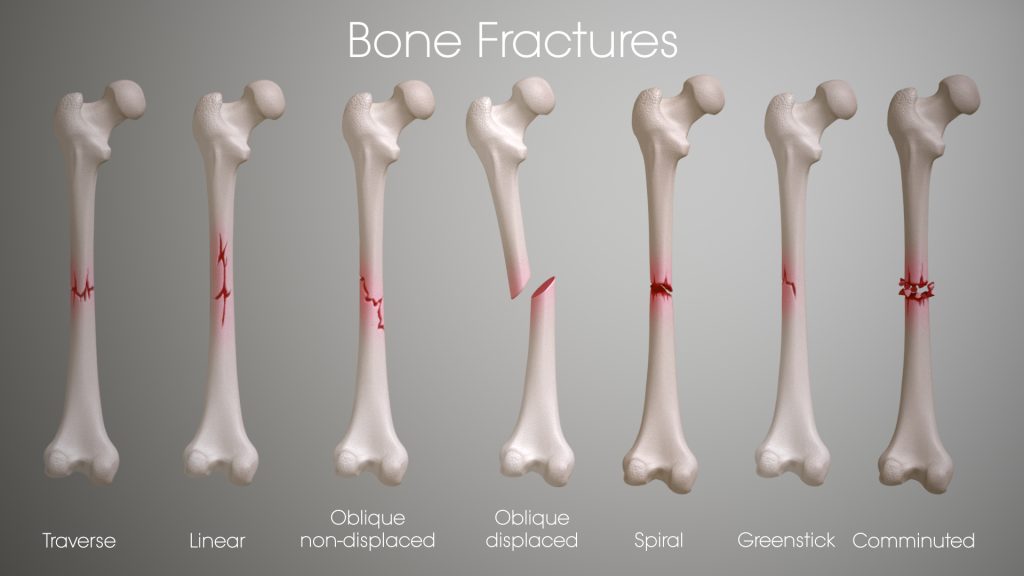
Back pain: Pain in the lower back or neck can be a sign of osteoporosis. This pain can occur due to fractures in the spine, which can cause the spine to become curved or hunched.

Loss of height: Osteoporosis can cause a loss of height over time. This is because the bones in the spine can become compressed or fractured, causing the spine to shorten.
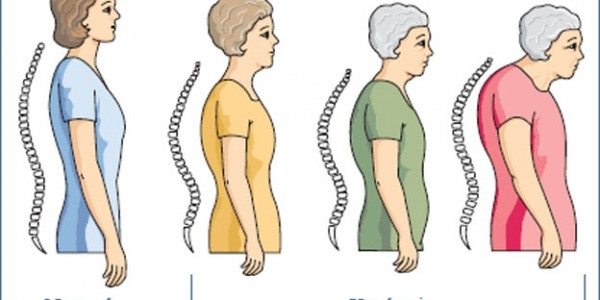
Stooped posture: A stooped posture can also be a sign of osteoporosis. This is because the spine can become curved or hunched due to fractures in the vertebrae.
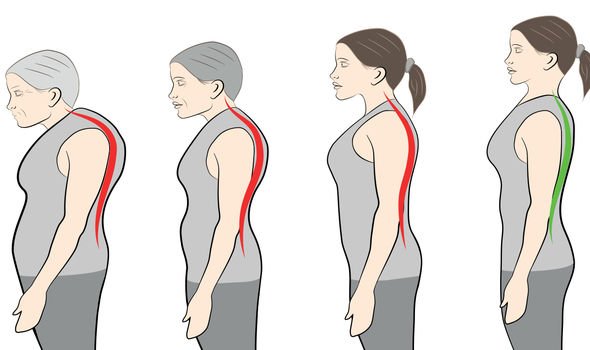
Weak and brittle nails: Brittle nails can be a sign of osteoporosis. This is because osteoporosis can affect the body’s ability to absorb calcium, which is essential for healthy nails.
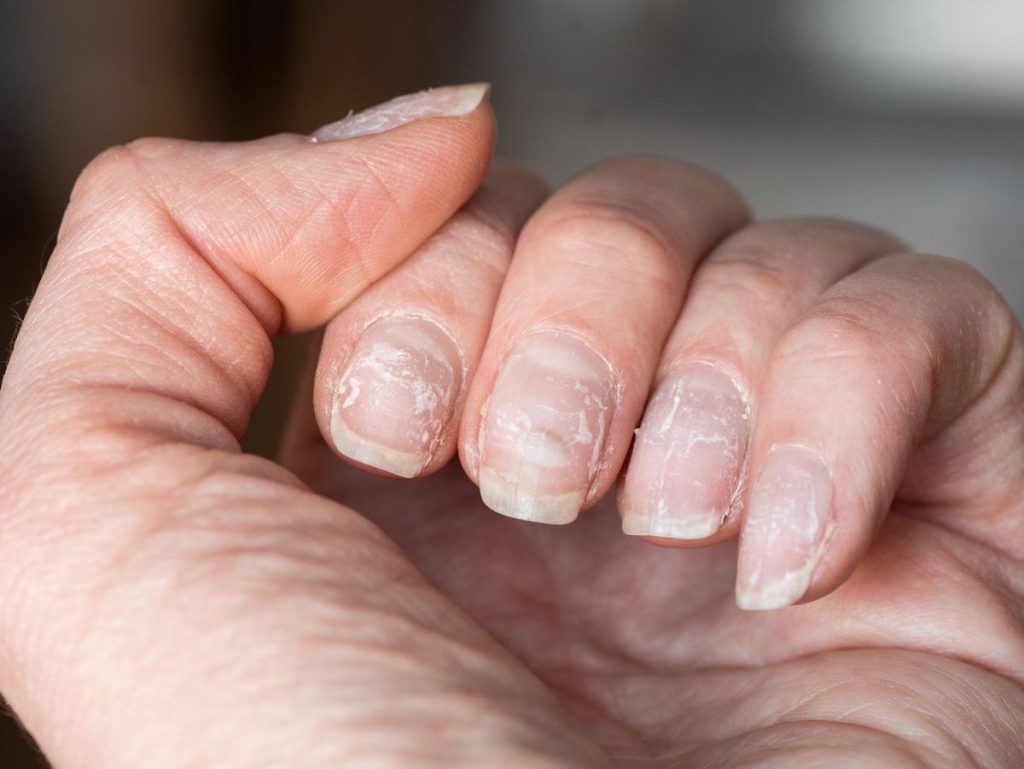
Tooth loss: Osteoporosis can also lead to tooth loss. This is because the bones in the jaw can become weaker, which can cause the teeth to become loose and fall out.
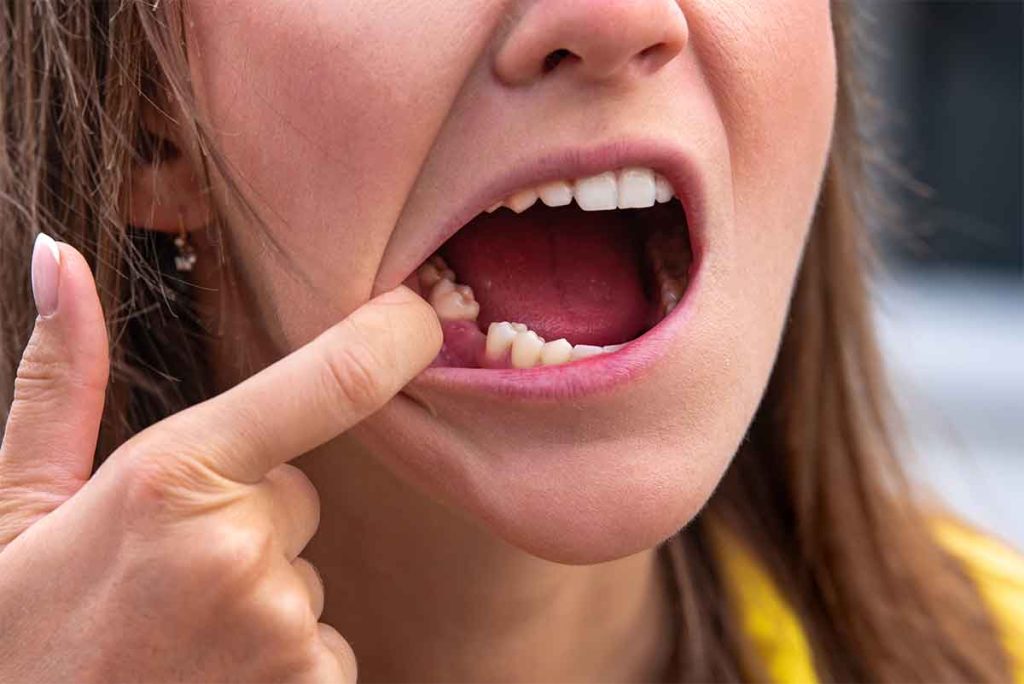
Preventative Measures for Brittle Bones in Women:
- Exercise: Exercise is essential for maintaining healthy bones. Weight-bearing exercises, such as walking, jogging, and weightlifting, can help to strengthen bones and reduce the risk of osteoporosis.
- Calcium and vitamin D: Calcium and vitamin D are essential for healthy bones. Women should consume foods rich in calcium, such as dairy products, leafy green vegetables, and fortified cereals. Vitamin D can be obtained from sunlight or from supplements.
- Stop smoking: Smoking can increase the risk of osteoporosis. Women should quit smoking to reduce their risk of osteoporosis.
- Limit alcohol consumption: Heavy alcohol consumption can increase the risk of osteoporosis. Women should limit their alcohol consumption to reduce their risk of osteoporosis.
- Hormone replacement therapy (HRT): HRT can help to reduce the risk of osteoporosis in women. Women who have gone through menopause can talk to their doctors about HRT.
- Get regular bone density tests: Women over the age of 65 or those who are at risk of osteoporosis should get regular bone density tests. These tests can help to detect osteoporosis early and prevent fractures.
In conclusion, brittle bones, or osteoporosis, is a common condition in women, especially after menopause. It can lead to significant health problems if left untreated. Signs of osteoporosis include fractures, back pain, loss of height, stooped posture, weak and brittle nails, and tooth loss. Preventative measures include exercise, calcium and vitamin D, quitting smoking, limiting alcohol consumption, HRT, and regular bone density tests. Women who are at risk of osteoporosis should talk to their doctors about these preventative measures to reduce their risk of this condition.
Connect with us:
https://www.youtube.com/themonktravel
https://www.facebook.com/TheMonk/

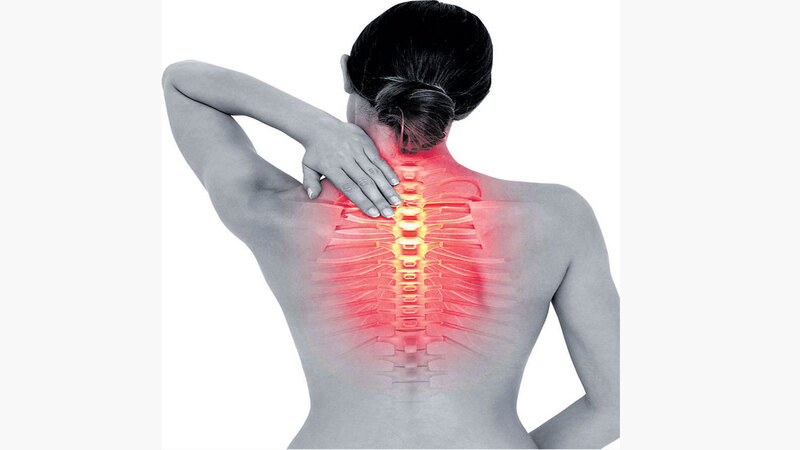
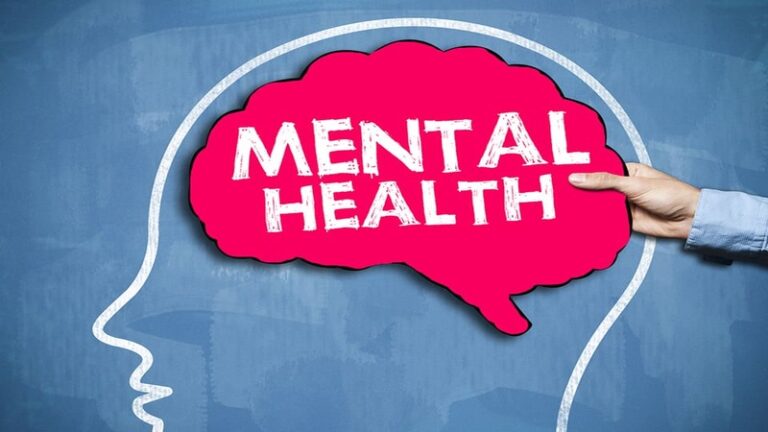
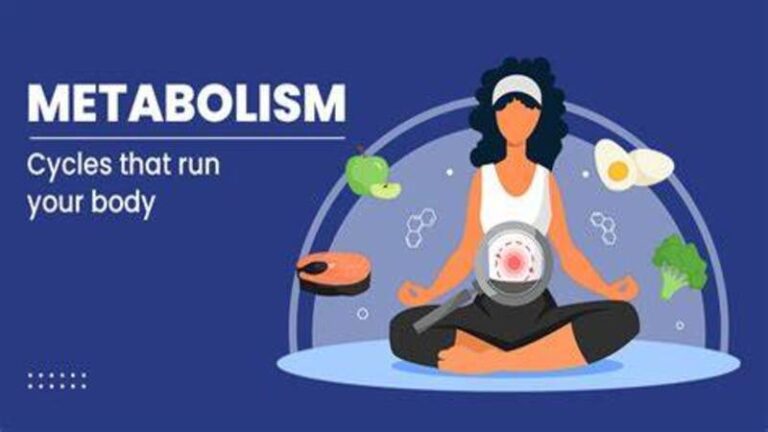

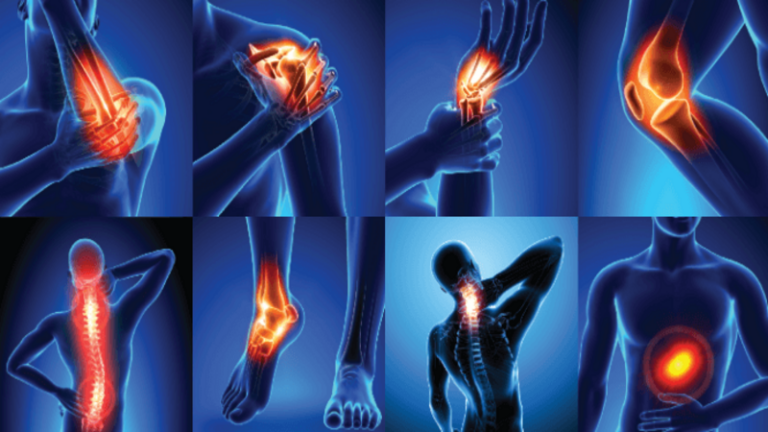
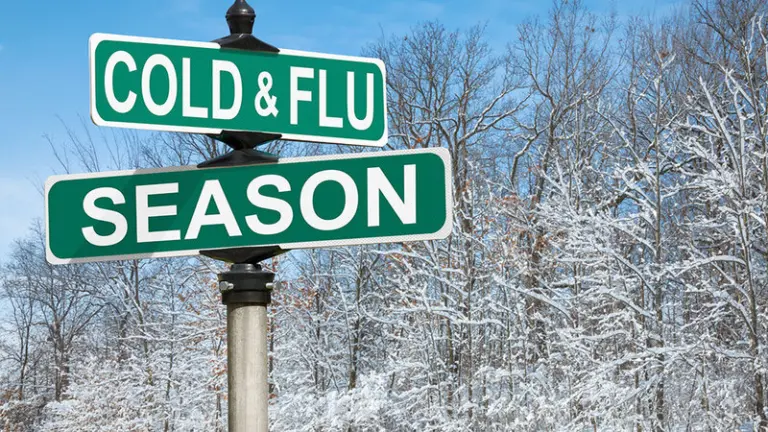


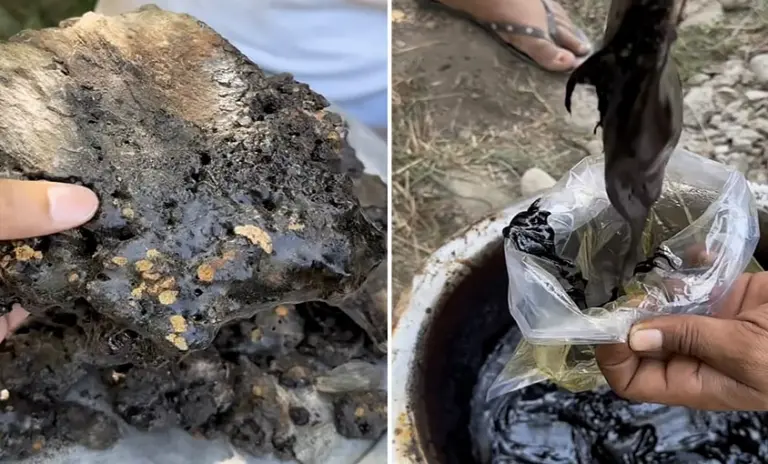









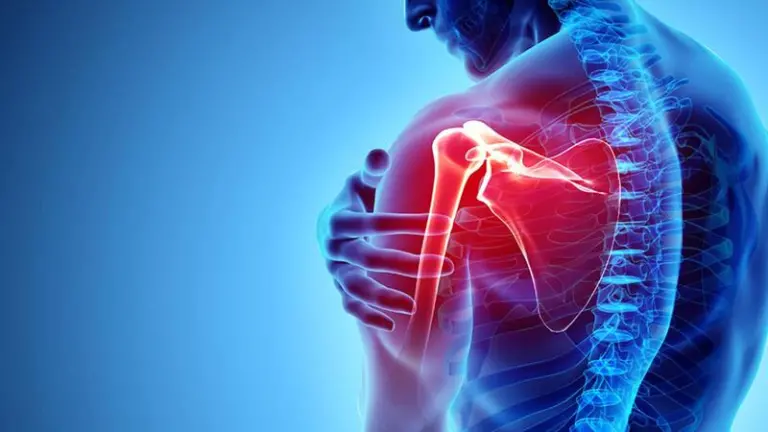






Navigating the intricacies of osteoporosis, especially its prominence in post-menopausal women, necessitates a deep awareness and commitment to prevention. The subtle cues, from fractures to the often-overlooked brittle nails, reveal a complex interplay between physiology and daily living. Taking measures from fortified nutrition to lifestyle adaptations stands as a beacon for proactivity. It’s imperative to accentuate the urgency of personalized care, moving beyond just medical interventions to an integrative approach. This includes acknowledging overt and nuanced signs fostering a holistic approach to bone health.
Thanks, @Hannan Ahmad your one comment really supports us to grow up. 🙂